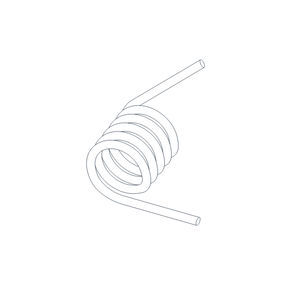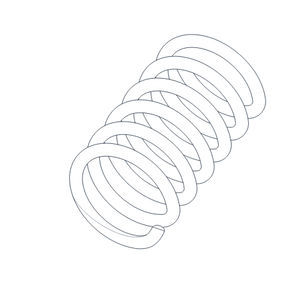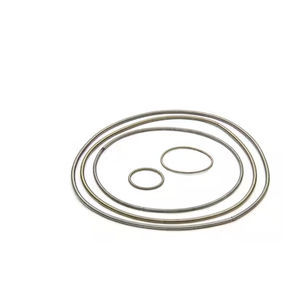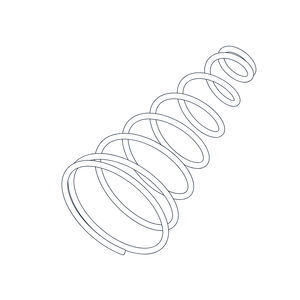
Extension spring wirecoiledengine
Add to favorites
Compare this product
Characteristics
- Function
- extension
- Type
- wire, coiled
- Applications
- engine
Description
Extension Springs
Extension springs are used in a wide variety of applications where a precise amount of force is required at a certain deflection. Extension springs are used to retract aircraft landing gear, to tether equipment to oil rigs in offshore applications, and on Class 8 heavy trucks as hood-assist springs to safely hold the hood in place for engine maintenance. Other examples include specialized springs implanted in roadways or around secure buildings to create barriers to provide additional protection from possible outside threats. They can range dramatically in length (from 1/2-inch to 50 feet) and in the force they create (from a few ounces to thousands of pounds).
Extension Springs Overview
How Extension Springs Work
Extension springs are designed to absorb and store energy as well as create a resistance to a pulling force. The “initial tension” is created during manufacturing when the wire is rotated backwards during coiling. It is initial tension that determines how tightly together an extension spring is coiled. When you pull the spring apart, you are undoing the rotation, which develops force or initial tension. Initial tension can be manipulated to achieve the load requirements of your particular application.
MW's Extension Springs
MW's extension springs are wound with an initial tension force which offers a small deflection load for secure installation “holding”. The initial tension is equal to the minimum force required to separate adjacent coils. Each spring is of the constant diameter type with a variety of hook/loop styles.
Catalogs
No catalogs are available for this product.
See all of HELICAL‘s catalogs*Prices are pre-tax. They exclude delivery charges and customs duties and do not include additional charges for installation or activation options. Prices are indicative only and may vary by country, with changes to the cost of raw materials and exchange rates.









